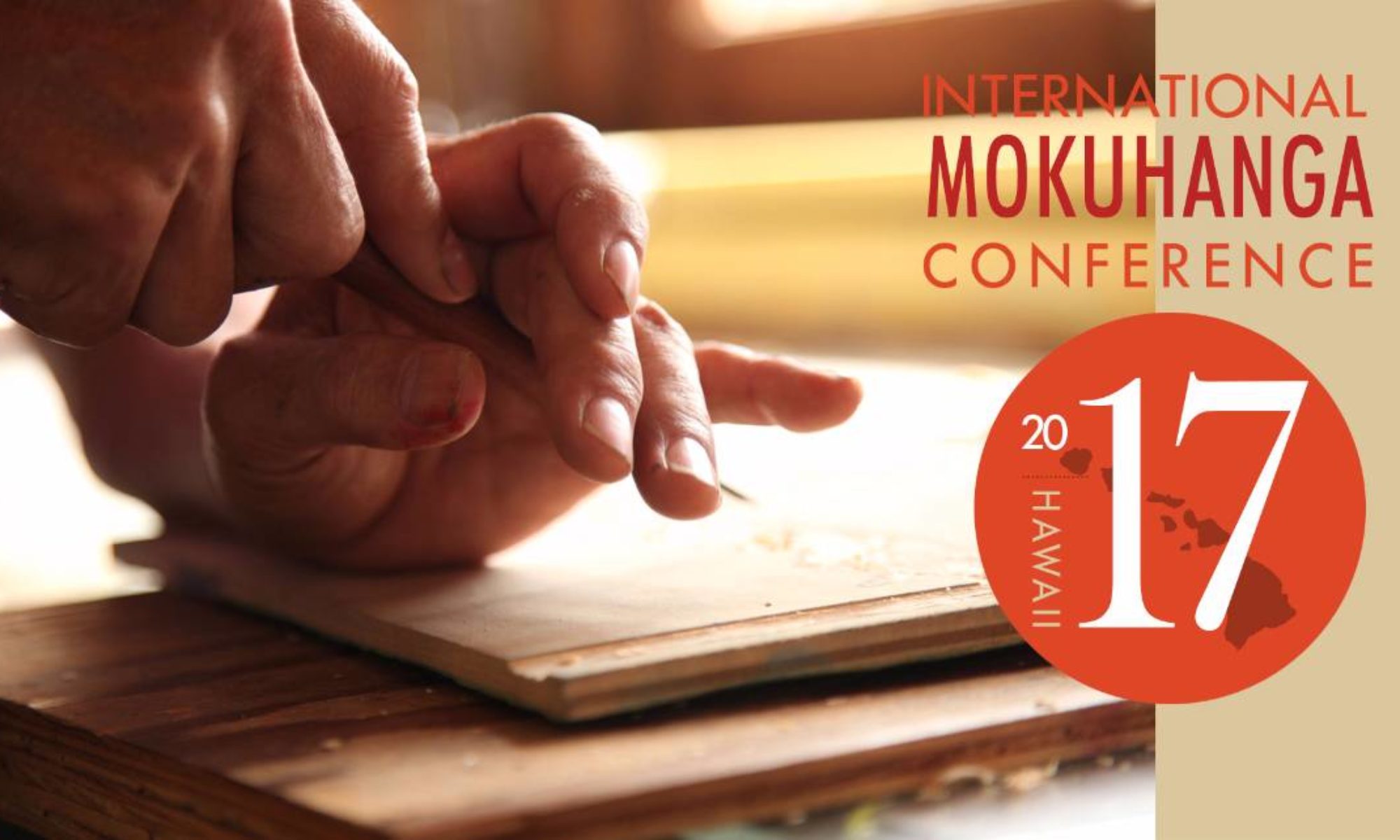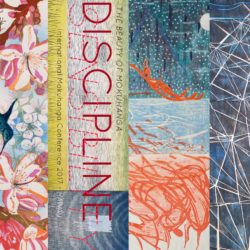Mokuhanga History, Philosophy & Society. The Mokuhanga Technique at the Service of Visual Narration: a sample of a set of ten prints Shiika Shashinkyo” (A True Mirror of Chinese and Japanese Poems) by Katsushika Hokusai Saturday, September 30 from 2:30pm – 3:00pm
Elettra Gorni was born in Suzzara, near Mantua, Italy, in 1967. After a degree in History of Modern Art at Ca’ Foscari University, Venice, she worked as a cartoonist. In 2005, she began a new artistic journey: she graduated from Brera Academy of Fine Arts in Sculpture and started practicing mokuhanga as a source of artistic inspiration, study and research. She is currently living, working and studying in Milan. As an artist, researcher and teacher inspired by old Japanese books and prints, Gorni’s artistic practice is intended to suggest intriguing surrealism using simple shapes, a monochrome palette with only a few colors and the void. Her preferred medium is mokuhanga, since this printing process allows her to build simple, meditative, flat images with a strong power of evocation, though she works also in painting, sculpture, ceramics and drawing. Abstract My intention is to show that the mokuhanga technique provided Hokusai with specific resources (e.g. the bokashi gradation) to be narratively effective. The technical and expressive support coming from mokuhanga, mixed with iconographic motifs typical of the traditional eastern spatial representation (for example the presence of water, mountains, sky, clouds and mistiness), contributes to the building of a visual and narrative syntax specific to Japanese woodblock prints.

